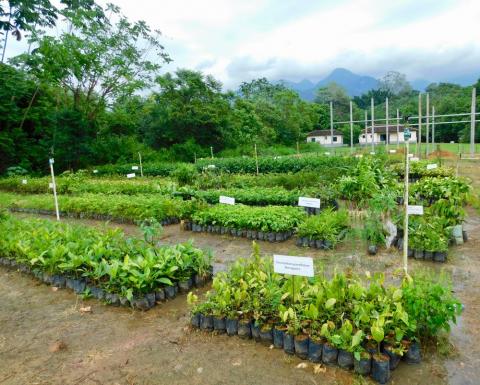
The green belt of tropical rainforests that covers equatorial regions of the Americas, Africa, Indonesia and Southeast Asia is turning brown. Since 1990, Indonesia has lost 50% of its original forest, the Amazon 30% and Central Africa 14%. Fires, logging, hunting, road building and fragmentation have heavily damaged more than 30% of those that remain.
These forests provide many benefits: They store large amounts of carbon, are home to numerous wild species, provide food and fuel for local people, purify water supplies and improve air quality. Replenishing them is an urgent global imperative. A newly published study in the journal Science by European authors finds that there is room for an extra 3.4 million square miles (0.9 billion hectares) of canopy cover around the world, and that replenishing tree cover at this full potential would contribute significantly to reducing the risk of harmful climate change
But there aren’t enough resources to restore all tropical forests that have been lost or damaged. And restoration can conflict with other activities, such as farming and forestry. As a tropical forest ecologist, I am interested in developing better tools for assessing where these efforts will be most cost-effective and beneficial.
Continue reading here.

